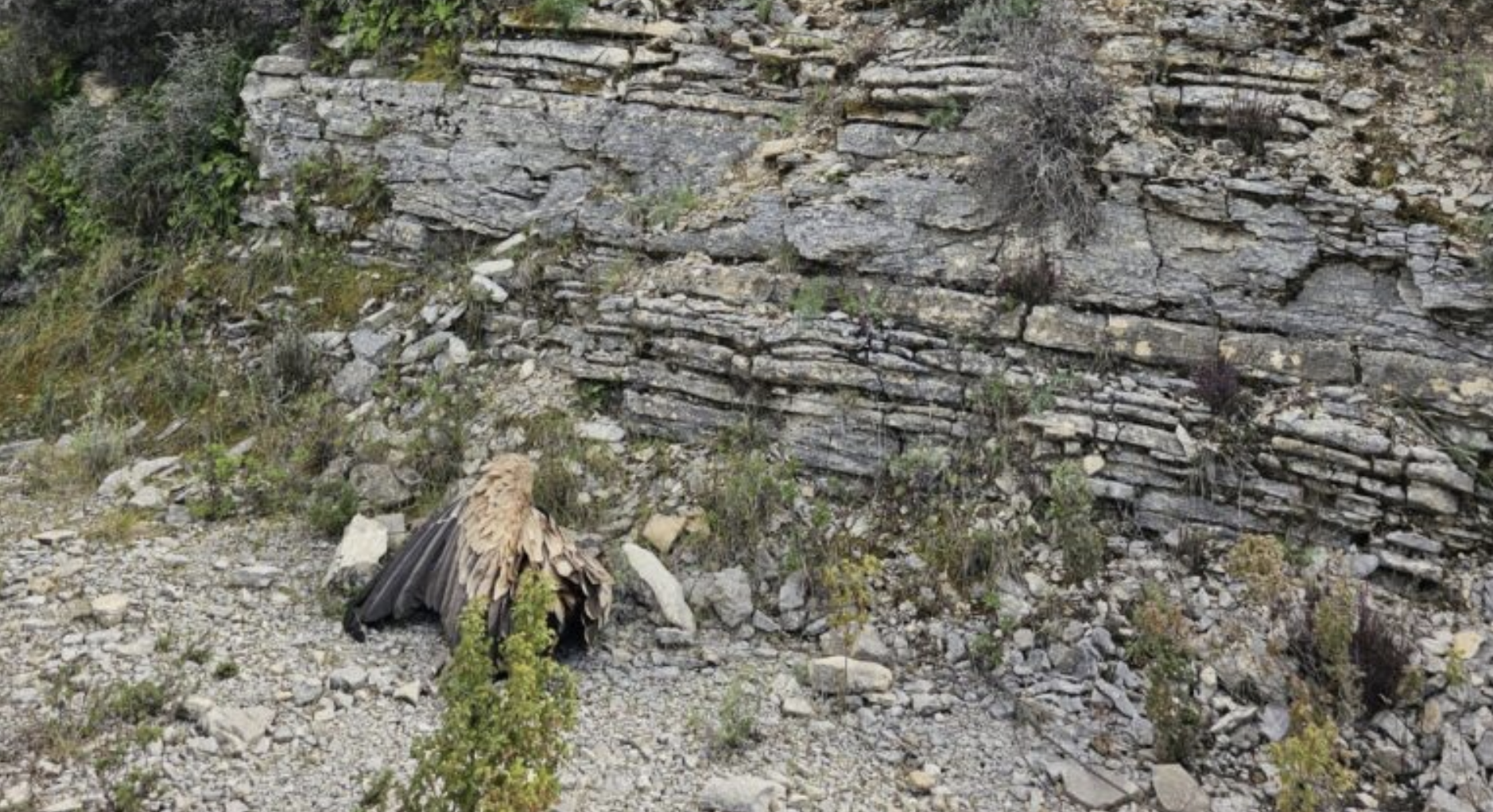Twelve more griffon vultures are flying in the Sardinian skies. On Thursday, 13th of September the Forestas Agency released a second group of vultures in Monte Minerva (Villanova Monteleone, Sardinia), within the LIFE Under Griffon Wings project. These birds came from rehabilitation centres in Spain, and had been transported to Sardinia by the VCF last spring. These vultures join the 14 birds rereleased last April and also the birds from the native colony, counting about 50 breeding pairs.
This activity is a part of the restocking action promoted by the Life Under Griffon Wings project, funded by the Life Program of the European Union. The project is carried out by the University of Sassari in collaboration with the Municipality of Bosa, the Forestas Agency, and the Forestry and Environmental Supervision Force with the support of the VCF.
By 2020 there will be 60 griffon vultures released in Sardinia to facilitate a rapid demographic recovery of the small and threatened Sardinian Griffon vulture population. The twelve griffons now released have spent a quarantine period in the Bonassai Wildlife Recovery Center (Forestas Agency) and then an adaptation period in the Monte Minerva aviary. Thanks to the collaboration between 50 farmers of the Nurra area and the Veterinary Service of the Local Health Authority, sheep carcasses were made available for the vultures in the aviary and for the supplementary feeding sites in Prigionette and Monte Minerva where the Sardinian griffons regularly feed.

Tracking vultures
Four of these birds were equipped with GPS tags by colleagues from the university of Sassari, that will allow them to track the individuals, determine their foraging areas, check their survival and eventually identify mortality causes. All griffons were also colour ringed and some of their feathers decoloured to allow for identification in the field – a technique which is not harmful to the birds and far less intrusive that the wing tags sometimes used in this species.
The first group of released birds (last April) integrated perfectly into the Sardinian colony and regularly visit the two feeding sites in Porto Conte and Monte Minerva, but also the 17 small farm feeding stations established with the farmers of the project area.
Griffons vultures in Sardinia
Distributed over the whole island up to the late 1940s with an estimated population of 800 – 1200 individuals, the population of Griffon vultures in Sardinia dropped rapidly after the Second World War until the outlawing of poisoned baits in 1977. Now the species is restricted to the north-western part of the island and during a 2013 survey consisted of just 30 territorial pairs and 130 individuals.
Monitoring of the local breeding population this year suggests there are approximately 50 pairs of griffons breeding, the population is slowly increasing and responding well to all the investment and actions being taken.
LIFE Under Griffon Wings

Led by Sassari University, the LIFE Under Griffon Wings project aims to improve the conservation status of Griffon vultures is improving food availability by establishing a network of farm feeding stations, managed by the livestock breeders themselves, establishingan anti-poison dog unit and developing a communication actions to raise awareness on the threat caused by the illegal use of poisoned baits and carrying out an extensive restocking programme to enhance the small population by translocating between 45 and 60 birds from wildlife rehabilitation centers in Spain to Sardinia.
The VCF supports this important conservation project which was developed by the University of Sassari in partnership with the Municipality of Bosa, the Forestry Agency and the Corpo Forestale di Vigilanza Ambientale. The project is implemented in collaboration with the regional Departments of Environmental Protection and Health, the Regional Natural Park of Porto Conte, the Instituto Zooprofilattico Sperimentale of Sardinia, and the VCF.
We hope this reinforcement will boost their population – so that Sardinia eventually once again becomes a vulture island




